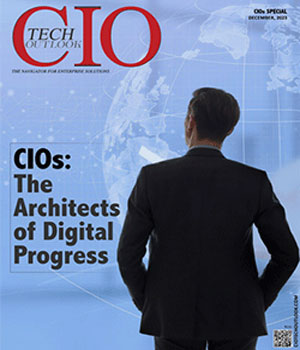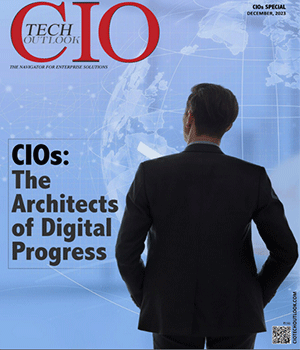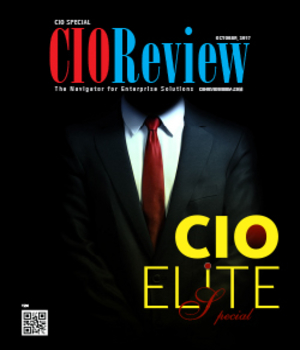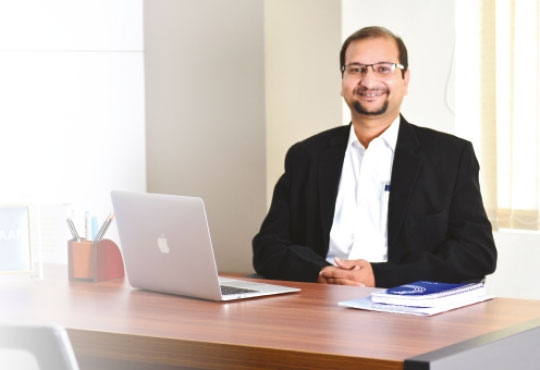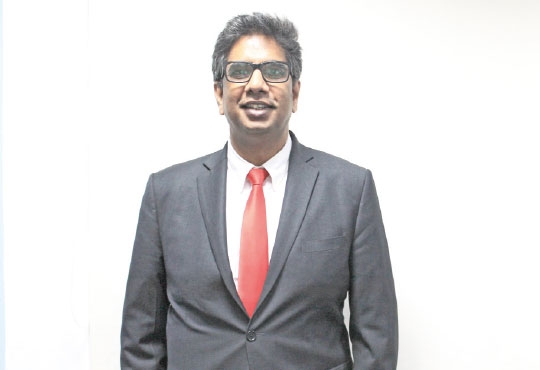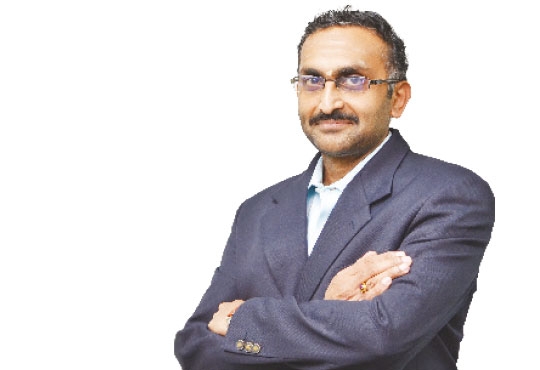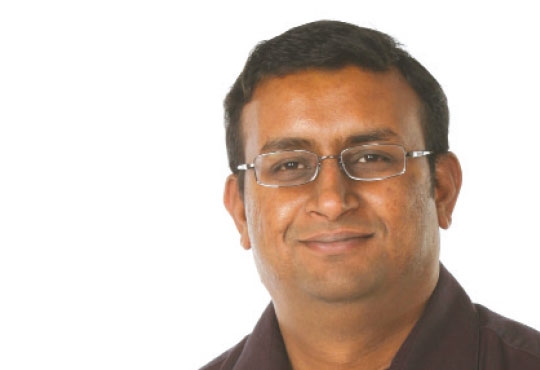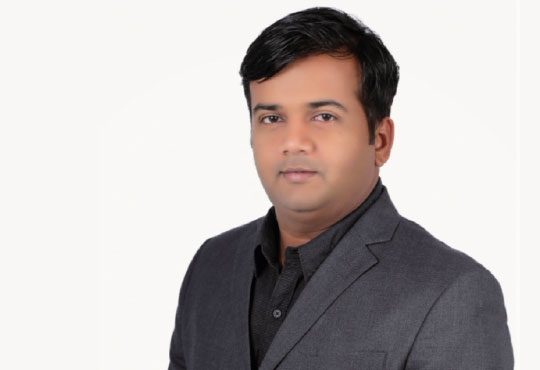
Where is Your Slice of the 19 Trillion Dollar IoT Pie?
Bibhuti Kar, Sr Director, Engineering (Security Technologies), Cisco | Friday, 06 October 2017, 11:50 IST
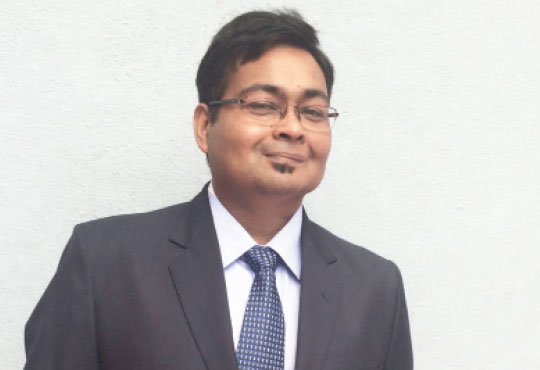 Although the phrase “Internet of Things” is in use since 1980s, the viral proliferation of the technology is happening now. Riding on cheaper compute & memory, decreasing footprint, and pervasive connectivity, the technology that stayed mostly in form of ‘cyber physical systems’ in factory floors up until 2010, is now invading the common human space.
Although the phrase “Internet of Things” is in use since 1980s, the viral proliferation of the technology is happening now. Riding on cheaper compute & memory, decreasing footprint, and pervasive connectivity, the technology that stayed mostly in form of ‘cyber physical systems’ in factory floors up until 2010, is now invading the common human space.
A recent study by Cisco looked at 61 use cases that are suitable to adopt IoT for various reasons.
These 61 use cases aggregate a TAM of 19 Trillion USD by 2022 with 50 Billion devices inter connected.
21 of the 61 use cases are from public sector contributing 4.6T USD opportunity. These use cases are in smart cities, government agencies, healthcare, education and defense. The key motivation for the public sector to adopt IoT is increased revenue, reduced cost, citizen experience, connected military and employee productivity.
Rest 40 of the use cases are from the private sector that contribute 14.4T USD to the addressable opportunity, across industrial and horizontal use cases. Again, the key motivations being customer experience, automated supply chain, asset tracking and utilization and employee productivity.
These numbers are staggering and clearly everyone wants a slice of the big pie.
Through my day job at Cisco, research partnership with academics weekend job as advisor to a few startups, and speaking at and attending various conferences across India, I have come across this common question from many –
Where do we start? Where is my slice of IoT opportunity?
I am attempting to address this question for different establishments in Indian context.
A Tech Start Up in India
As a start-up, it is critical to come to a saleable product as soon as possible. And what differentiates a successful startup from the others, is a “simple” product/service solving “one” problem. Time to market is the most critical aspect and generating a positive cash flow is key to survivability.
So if you are an aspiring start up starting up with friends and family fund, isolate ONE problem from Industrial / Vertical segment for which the department heads are budgeting money, that they would like to optimize. Hire the subject matter expert before hiring the software programmers. Do not get embroiled in infinite debate of which technology to use. There are just too many to confuse in this space. Pick the one right for the use case at hand and solve it. The only way to test the product is to launch it. If it picks up, you get time and fund to set your technology right to scale it and make it usable for more use cases.
A great example of such a successful startup is Vigyan Labs, that has more than 3 million devices in its energy management system and in a state to fund its own growth and innovation.
IT/ITeS company in India
IT/ITeS segment has come to a very matured stage in India and amassed a lot of domain specific knowledge. When it comes to IoT, Industrial use cases and verticals are spending bulk of their budget on automation. IT/ITeS companies can focus on converting client specific legacy Brownfield systems to open scalable, usable systems, connect OT (Operational Technology) to IT (Information Technology).
The larger companies with stronger bench should focus on creating vertical specific proven framework using appropriate technologies. For example, an ITeS company that has deep knowledge in healthcare because of years of consulting in that space, can come up with an HIPPA certified IoT automation Stack (Sensor to Analytics) for healthcare sector.
Computer Tech / Product company
Large product companies that produce products for internet, should focus on ruggedizing the products to adopt to use cases. IoT usecases cannot all be set in perfectly dust free, temperature controlled environment with uninterrupted power supply. Ruggedizing sounds like mundane work, however this is where IoT devices need to focus first. And building resilient products is not just a hardware task, even the communication protocols and software need to be much more resilient. There needs to be a significant amount of focus on bringing down the foot print (physical, memory and power) of the products. Last but not the least, the traditional device and network management systems will need multifold scale up lift and hugely scaled certificate management systems to secure the millions of devices.
Academics
So many technologies are confusing the landscape, fragmenting the talent pool, and hindering multi-vendor and open implementations to benefit business. Academics working with interest groups and large players in the industry should focus on bringing standardization tothis fragmented technology landscape.
Other key area of research stems from the need to provide privacy in the world of sensors. So much of personal data (location, phone number, identity and behavioral information) is being collected, churned and used as we move rapidly towards complete digitization. At least a fraction of research funds should start flowing in to privacy.
CIO Viewpoint
Hyper-Converged Infrastructure: The Next Big...
By Amit Jaokar, EVP - IT, Choice International
Embracing Technology: Need of the Hour in BFSI
By Nikhil Bandi, SVP & CIO, Vistaar Financial Services
Three Pronged Approach For Digitization In Life...
By Ekhlaque Bari, EVP & Head Technology - Max Life Insurance
CXO Insights
A Glimpse of A Changed AI Perspective in India
By Dr. Vijay Srinivas Agneeswaran, Senior Director of Technology, Sapient
Social Networking and the Enterprise
By Arindam Sen, SVP, Schneider Electric
Digital Transformation - Darwinism Or Dwarfism?


